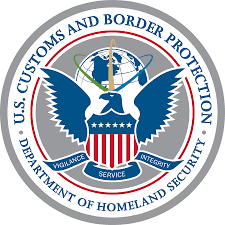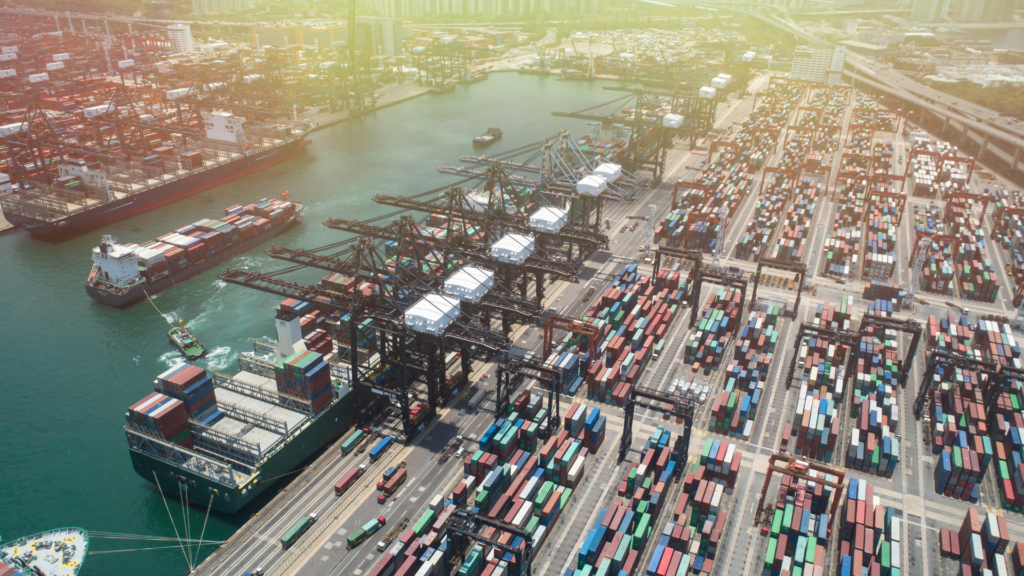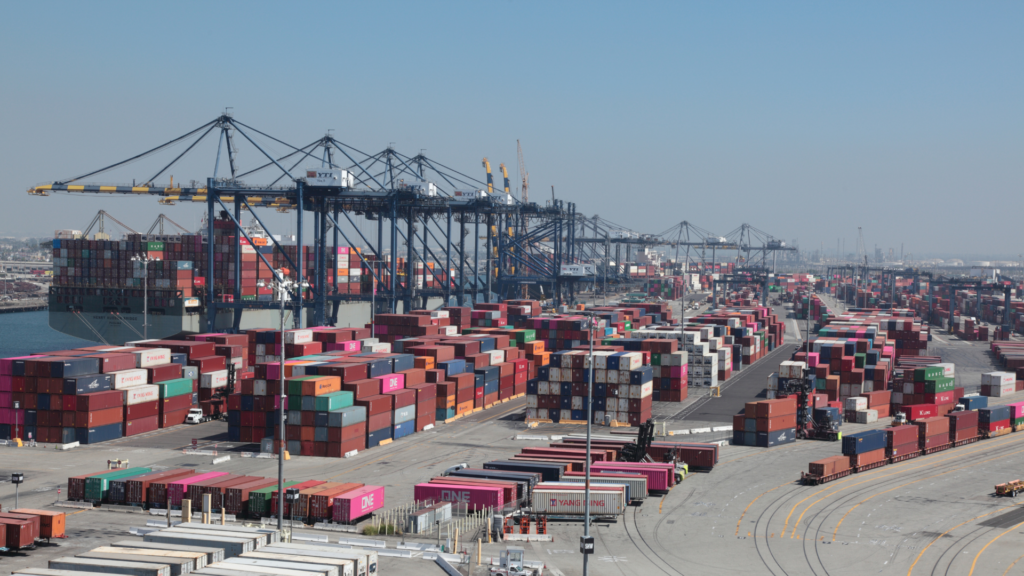Customs Changes, Shifting Gears, and New Contracts.
Your weekly All-Ways round-up of Supply Chain news.
Information on Customs User Fee Changes Effective October 1, 2023
Pursuant to the General Notice (88 FR 48900) published July 28, 2023, adjustments to certain customs user fees and corresponding limitations, as codified in 19 U.S.C. § 58c, will take effect on October 1, 2023. These adjustments are being made in accordance with the Fixing America's Surface Transportation Act of 2015 (FAST Act), Public Law 114-94. The General Notice may be accessed at the link below:
The Merchandise Processing Fee (MPF) ad valorem rate of 0.3464% will NOT change. The MPF minimum and maximum for formal entries (class code 499) will change. The minimum will change from $29.66 to $31.67; and the maximum will change from $575.35 to $614.35.
Some other fees that are changing:
The Surcharge for Manual, Formal Entry/Release (class code 500) will change to $3.80.
The fee for Informal Entry/Release, automated and not prepared by CBP personnel (class code 311a), will change to $2.53.
The Commercial Truck Arrival fee (class code 492) will change to $6.95. The Commercial Truck Arrival Fee is the CBP fee only; it does not include the United States Department of Agriculture (USDA) Animal and Plant Health Inspection Service (APHIS) Agricultural and Quarantine Inspection (AQI) Services Fee (currently $7.29) that is collected by CBP on behalf of USDA to make a total single crossing fee of $14.24. Once eighteen Single Crossing Fees have been paid and used for a vehicle identification number (VIN)/vehicle in a Decal and Transponder Online Procurement System (DTOPS) account within a calendar year, the payment required for the nineteenth (and subsequent) single crossing is only the AQI fee (currently $7.29) and no longer includes CBP's $6.95 Commercial Truck Arrival fee (for the remainder of that calendar year).
Please see the above General Notice for the full list of fees that are changing.
New Normal
Hapag-Lloyd, HMM, Maersk, CMA CGM and Ocean Network Express are all experiencing the repercussions of a normalizing market.
Year over year, Hapag-Lloyd reported a 41% decline in first-half revenue to $10.8 billion, earnings before interest and taxes (EBIT) fell 72% to $2.8 billion, and net profit dropped 67% to $3.1 billion. HMM reported a 58% revenue decline year over year to $3.2 billion, EBIT dropped 92% to $356 million and net profit fell 90% to $465 million. Through the second half, both believe that container volume will improve.
During an earnings call for first half, Hapag-Lloyd CEO Rolf Habben Jansen told analysts that “most of [the rising volume] will be from the Asian export trades that have been down a lot, and especially when you look at it year on year, we expect to see growth compared to Q3 and Q4 in 2022.” Bookings out of Asia have already seen green shoots of demand but rates have increased as a reflection of higher carrier costs.
“We have seen a number of lanes where rates have been below cost and that is not sustainable, which is why we have seen a slight rebound,” Habben Jansen said. “I expect there is still a chance that average rates will be a bit better [in the second half] than in Q2.”
Supply-Demand Imbalance
Rates are under pressure because of the supply-demand imbalance in container shipping. Over the next 12-18 months, supply will outpace demand.
After ordering vessels during the crazy congestion due to the pandemic, new ships have now entered the fleet causing overcapacity in the container shipping markets.
“The cascading effect of larger vessels from the main east-west trades to smaller lanes intensified the imbalance between supply and demand,” HMM stated. “Consequently, the freight rates in most key trade lanes were under downward pressure during H1.”
Ratification Round
From ports in Western USA to Western Canada to Eastern Canada, union contract negotiations have been disrupting the supply chain. Some of which have finally settled.
On the US West Coast, ILWU members need to ratify the tentative agreement. After the intervention of Acting US Labor Secretary Julie Su, the proposed wage increase is at 32% over six years instead of the more than 100% increase in salary demanded by the longshore members.
In Western Canada, the four-year contract was accepted by a little under 75% of the International Longshore and Warehouse Union (ILWU) membership. 5 weeks of disruption at the ports have ceased and the congestion can be cleared.
In May 2021, the federal government forced an arbitrated contract on employers and employees at the Port of Montreal, ending a series of strikes over 19 days. That contract is set to expire at the end of this year.
Is it time to rethink how contract negotiations happen?




